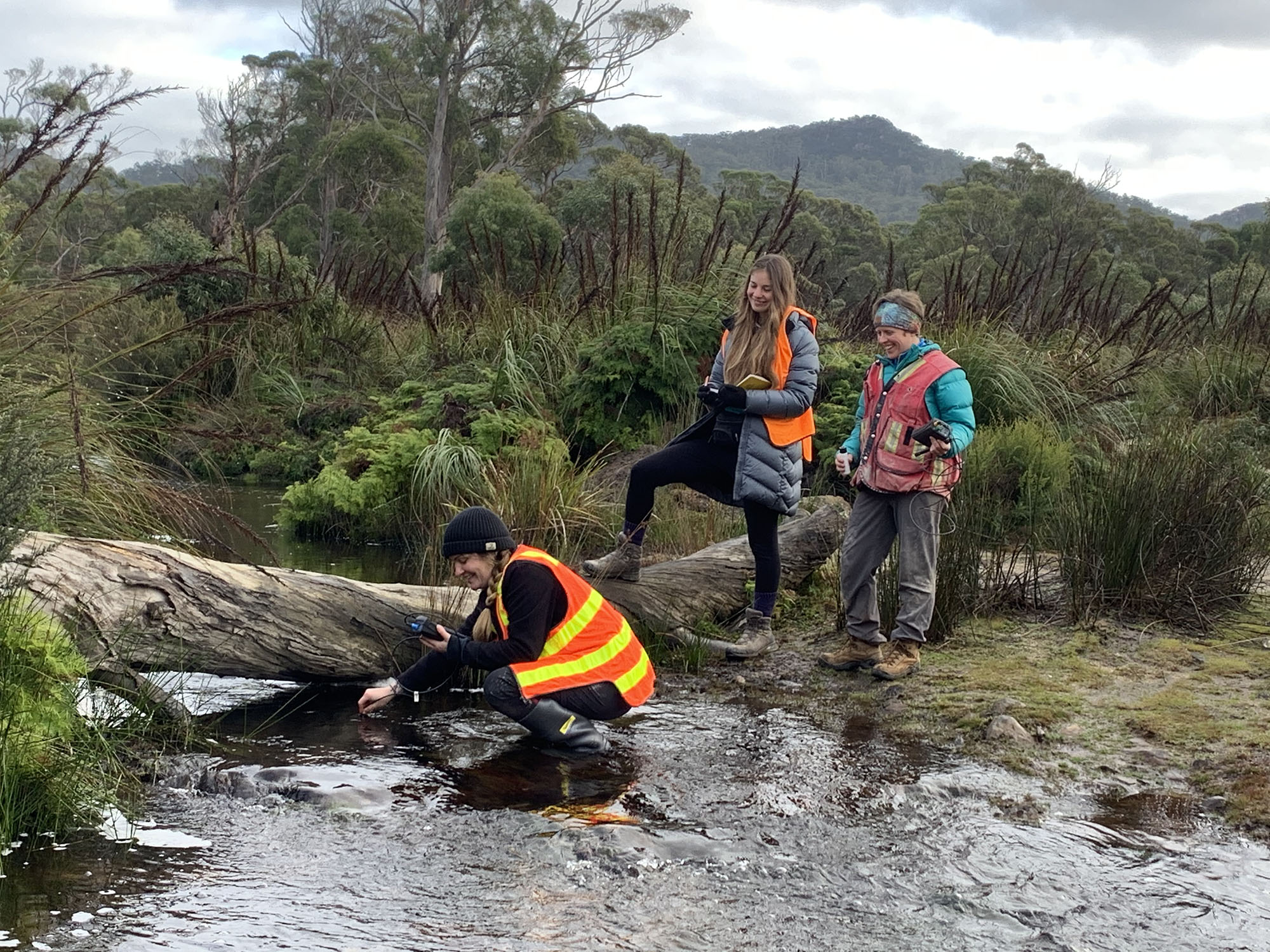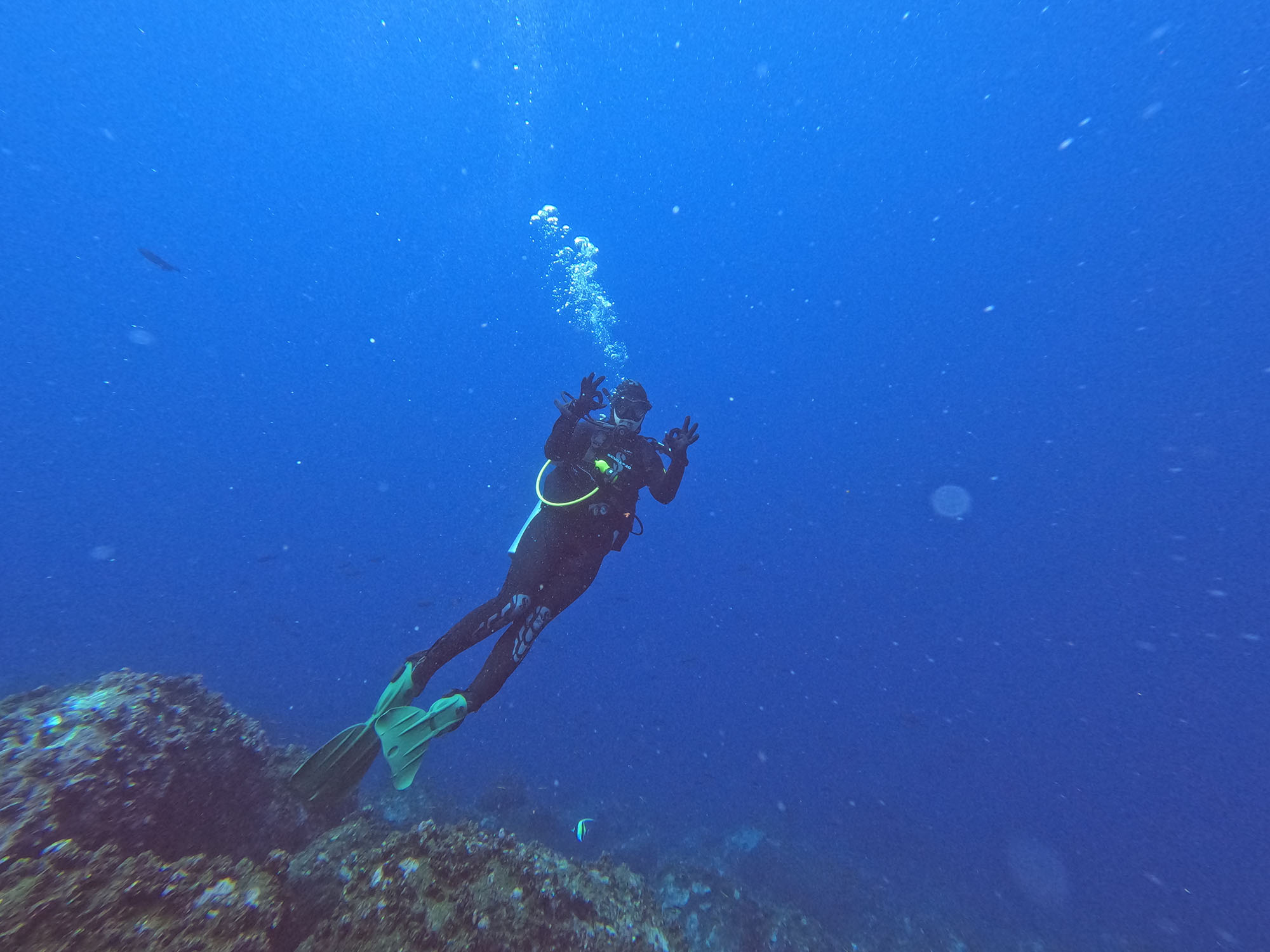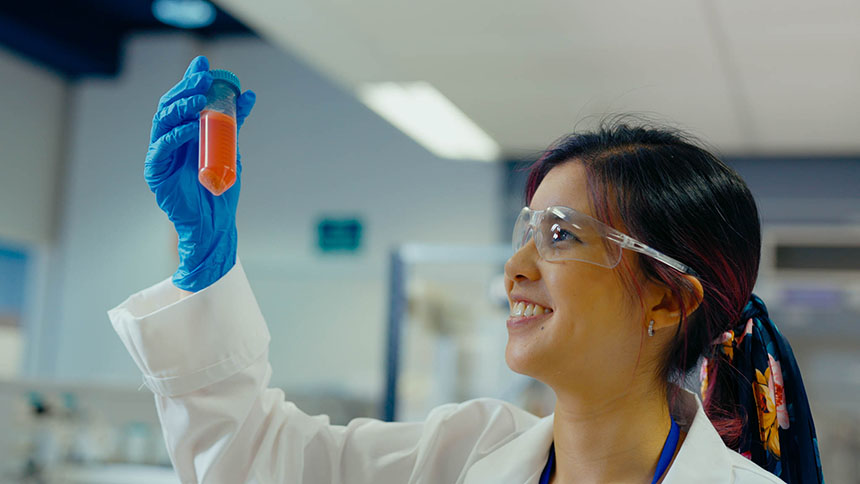Communities around the world will observe International Day of Women and Girls in Science on Saturday 11 February 2023. This year’s focus is the contribution of women in science to tackling the UN sustainable development goals; working towards clean, sustainable and healthy cities and communities, as well as using science to enhance our relationship with water.
Fast facts about women in science/STEM:
- In Australia, the proportion of STEM-qualified jobs held by women was 15% in 2021, up 2% in the 12 months prior.
- In Australia, across the entire STEM workforce, just 27% are women, and they earn 18% less than their male counterparts.*
- Globally, women are typically given smaller research grants than their male colleagues and, while they represent 33.3% of all researchers, only 12% of members of national science academies are women.^
- Globally, in cutting edge fields such as artificial intelligence, only one in five professionals (22%) is a woman.^
- Overall, female researchers tend to have shorter, less well-paid careers. Their work is underrepresented in high-profile journals and they are often passed over for promotion.^
The University of Tasmania is committed to supporting the development of women in science through a range of initiatives that nurture both students and researchers.
Three University of Tasmania scientists share their experiences of studying and pursuing a career in science ...

Researcher and Lecturer in Environmental Geochemistry, Lead of CODES Environmental Geology Research Group, UTAS School of Natural Sciences.
Dr Miller’s research focuses on developing innovative strategies to minimise the impacts of natural resource development on ecosystems and human health.
What is your favourite thing about Earth Sciences (... and physical sciences in general)?
Two top contenders: being able to ask “why” and heading out on an adventure to answer the “why”. I love that the applied research we do in Environmental Geochemistry makes a tangible difference in protecting our natural landscapes and waterways for us, and more importantly for future generations. As a mountain biker, hiker, paddler, openwater swimmer and general lover of anything and everything outdoors … finding a field and career that supports preserving these environments is a dream come true.
If you could tell 16-year old you one thing, what would it be?
Be open to trying everything, at least once! The world so expansive, diverse, and interesting – be curious and brave enough to wander from that perfect path you have laid out ahead of you. I can almost promise you’ll be amazed by what lies around that unknown corner. Go explore it!
Why is it important to have women and girls participating in science?
Women, girls … and the whole spectrum of genders … allows us, as scientists, to develop a more holistic understanding of the complicated and intricate balance that is our natural world.
Providing a voice to minority demographics opens up new perspectives that are essential to improve our fundamental understanding of this world we all share. In any aspect of life when we open ourselves, our minds … our fields to new ways of thinking - our world and knowledge becomes richer, more expansive, and more progressive.
I truly believe that as a scientific community, we can only solve the emerging challenges of the future by being thoughtful, intuitive, creative, holistic, and inclusive individuals.

Dr Valeriya Komyakova
Environmental scientist and Lecturer, Institute for Marine and Antarctic Studies (IMAS).
Dr Komyakova has a passion for improving inclusivity practices in marine science and empowering women in STEM. In her research, she aims to understand and manage human impacts on the marine environment.
What is your favourite thing about your research and educating the next generation of scientists?
I love discussing and co-developing practical and innovative solutions to manage anthropogenic (human) impacts in the marine environment – from creating eco-engineered artificial reefs and other marine infrastructure, to finding better and more eco-friendly ways to interact with our marine environment.
The most rewarding parts of my job are seeing improvements in our use of the marine environment from an eco-friendly perspective, collaborating with colleagues around the world who are from different sectors and backgrounds, and seeing my students succeed and achieve their dreams.
If you could tell 16-year-old you one thing, what would it be?
I would tell my 16 year-old self, listen to your gut, not to the naysayers. Reach out to people, don’t be shy to ask for help, and never let anyone bring you down. You’ll love biology and ecology, but be sure to dedicate time to learning statistics, modelling and molecular techniques because those skills will make you more employable and enhance your ecological investigations.
What do you hope the field of science will look like in 20 years?
In the future, I hope to see the field of science as being more equitable, collaborative, respectful, diverse and kinder. I want to see people working together, not competing for accolades, not weighing h-indexes and citation rates. I want to see people empowering and uplifting each other. For me, the goal of science is to ensure we all live in balance with nature and with each other, so in 20 years’ time I want to see people remembering why we really do science.
Cover image: Dr Valeriya Komyakova with four of her IMAS marine science students: Deepika Satchithananthan, Ariane Easton, Brigette Wright and Meg Spiteri.

Dr Samantha Sawyer
Lecturer and Research Fellow in Food Science, Tasmanian Institute of Agriculture (TIA).
Dr Sawyer’s research focuses on areas around digitalization of food quality, value adding to agricultural seconds, and Industry 4.0 concepts. She is a 2023-2024 Superstar of STEM, which is a cohort of women and non-binary people recognised as outstanding in science and technology across Australia.
What is your favourite thing about food science?
I started my science career in Chemistry and Microbiology. It was all about what you couldn’t see but you could certainly perceive, whether as the smell of soil, aroma and taste of food, tiny microbes that could harm but also do amazing things like create new compounds and transform grains and fruit into new foods and sources of proteins.
If you could tell 16-year-old you one thing, what would it be?
To keep being curious, to keep asking questions about how things work and how to make things work better. To persevere because if you’re passionate about what you do, you will always succeed.
What do you hope the field of science will look like in 20 years?
An area where diversity is the norm and there is equity across considerations such as retention, attrition, opportunity, and remuneration in STEM education and workplaces. We are celebrating that diversity, but until the statistics reflect the diversity that exists in STEM, there is still more to do.
If a career in science sounds like your thing, explore our courses in Science, Agricultural Science and Marine and Antarctic Science.
Sources:


